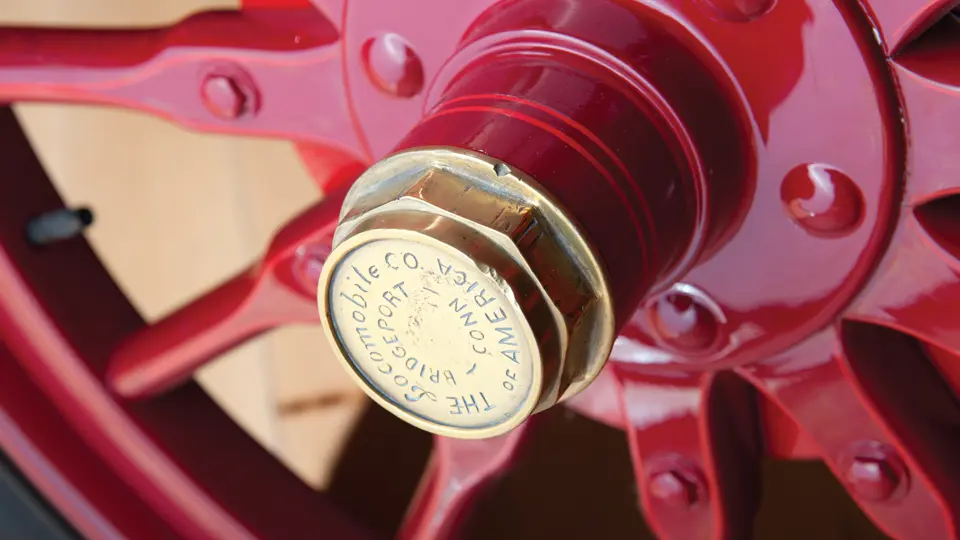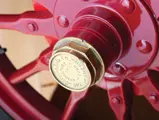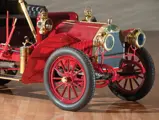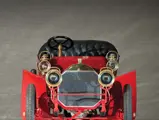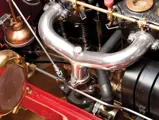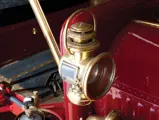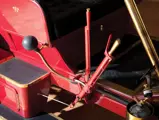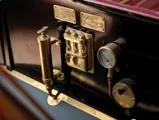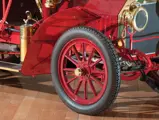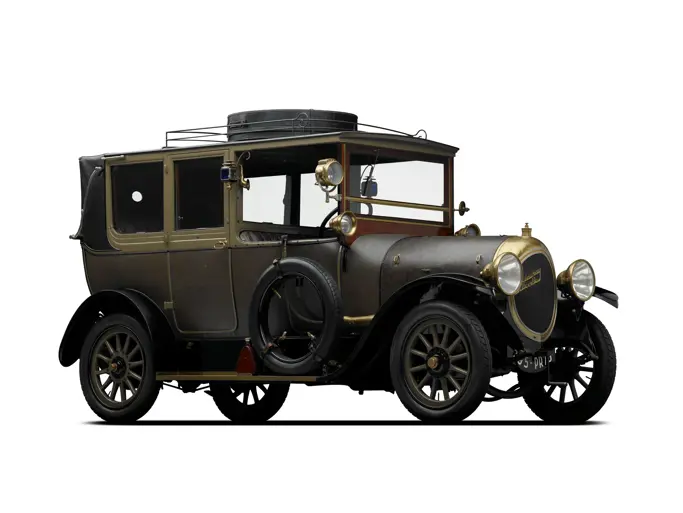20 hp, 199 cu. in. inline T-head four, three-speed manual transmission with double chain drive, solid front axle with semi-elliptic leaf springs in the front and rear, and two wheel rear mechanical brakes. Wheelbase: 96"
• Ex-Henry Austin Clark Jr. and Richard C. Paine Jr.
• Original “make and break” ignition system
• Offered from the collection of William Ruger Jr.
This 1907 Locomobile Model E is believed to have been acquired shortly before or after the Second World War by famed automobile historian and writer Henry Austin Clark Jr. According to a 1964 article published in the Veteran Motor Car Club of America’s The Bulb Horn, written by Smith Hempstone Oliver, a “4-cylinder, Type E Locomobile of 1907” was “ultimately wheedled away from Mike by Henry Austin Clark Jr.” The “Mike” referred to in the article is Mike Caruso, owner of the famous salvage yard in Hicksville, Long Island, from where so many important classics were rescued from oblivion, and it is likely this is that same car that was restored and exhibited at Clark’s famous Long Island Automotive Museum in Southampton, Long Island.
It was acquired by Richard C. Paine Jr. in 1987 and displayed at his Seal Cove Auto Museum until being acquired by Mr. Ruger. As acquired, the Locomobile had a Model I touring body, which was not original to the chassis, and a restoration by Classic Car Services, of South Paris, Maine, was commissioned, which included a complete rebuild of the chassis, running gear, and engine. Due to poor carburetor operation owing to a malfunctioning, non-original, early carburetor, a newer unit was sourced, which is reported to work very well.
Of significance is the fact that the intricate and ingenious low tension “make and break” ignition has been retained: it operates via small tappets that open contacts within the combustion chambers, which creates a spark. This system is mechanically more involved and more expensive to manufacture than spark plug ignition, but it produced a hotter spark.
The Model I body was removed and replaced with a newly fabricated two-seater runabout body built based on catalogue and period photos and was chosen by Mr. Ruger due to its lightness, which would allow as much performance as possible. The coachwork is original from the seat forward, including original floorboard and running board edging and chain box. The rear fenders and rear of the body, the trunk, and the seat are all new. The two-tone red paint was very carefully brush-finished, as it was done in the period, and is complemented by light red pinstriping. The steering column, controls, and other instruments are all correct and original. Also located on the dash are the original Locomobile manufacturing plate with the chassis number and the Selden Patent plate.
Other equipment includes Sibley & Pitman “Climax” acetylene headlights, Corcoran side lamps, and a Dietz kerosene “Dainty Tail Lamp.” The original, Attwood-Castle, vertical canister, acetylene generator has been retained but replaced with a more serviceable, modern, acetylene canister that sits in a brass container. As offered, the paint, leather upholstery, and chassis finish are still virtually flawless. The engine is very clean and as presentable as an early T-head can be. This car is accompanied by an original instruction book for a 1906 Locomobile, which is applicable to this model. Although costlier today than its original $2,800 price, the opportunity to acquire one of these early gasoline-powered cars from the revered Bridgeport, Connecticut manufacturer does not come often.
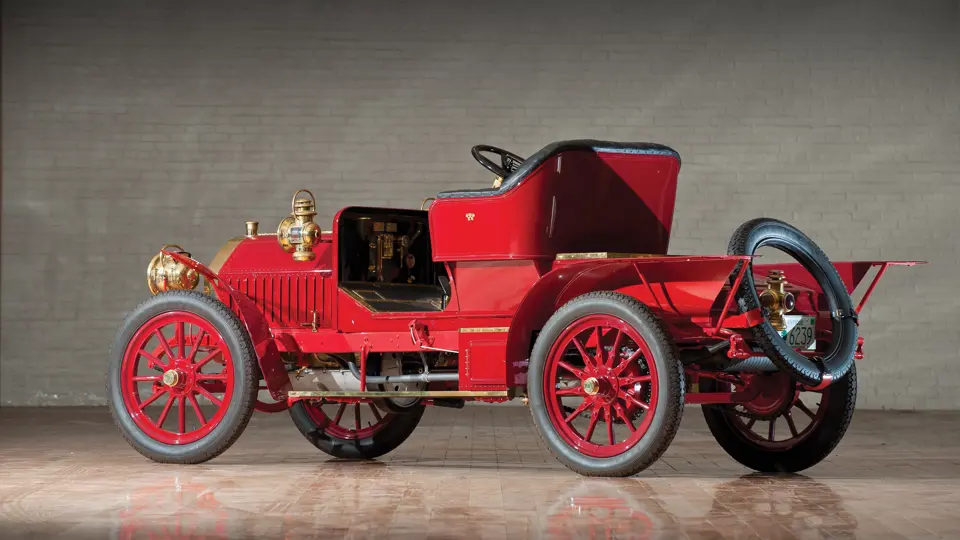
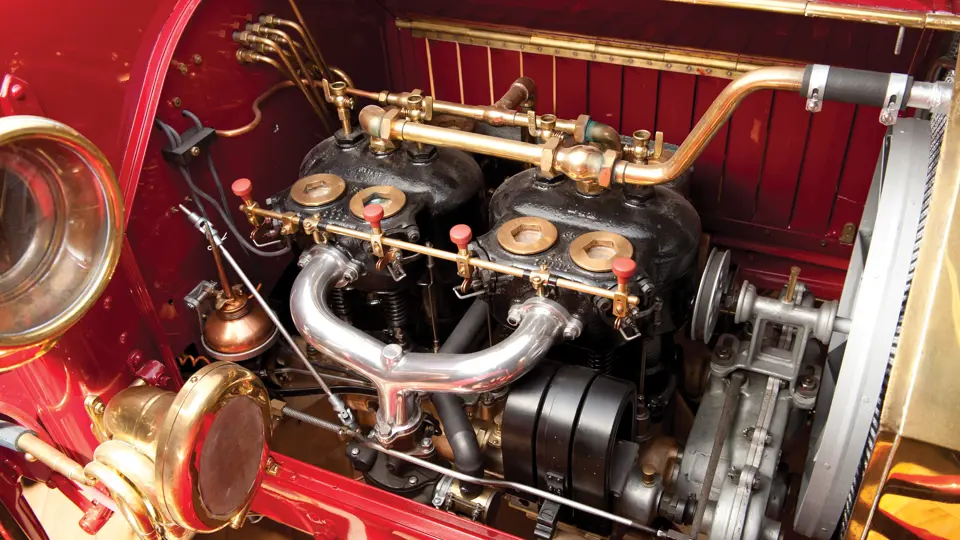
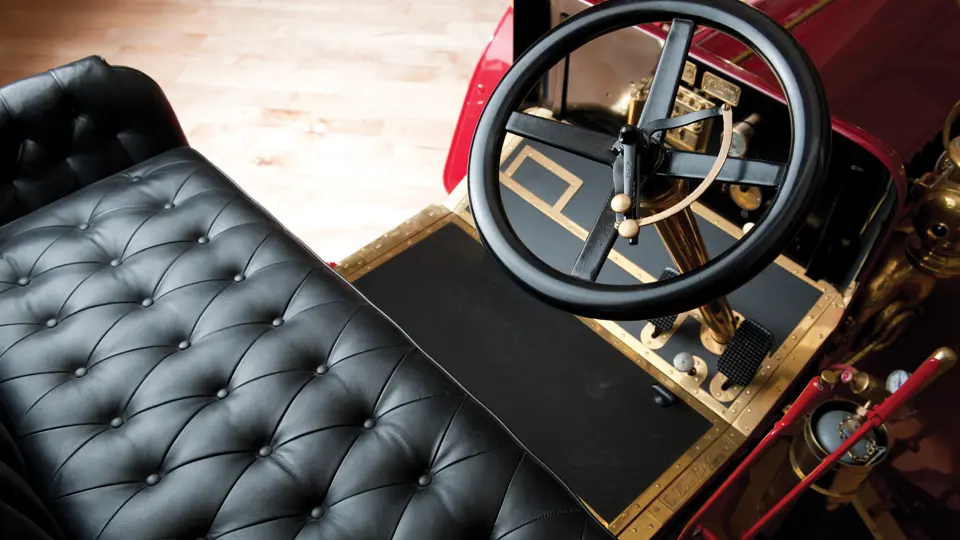

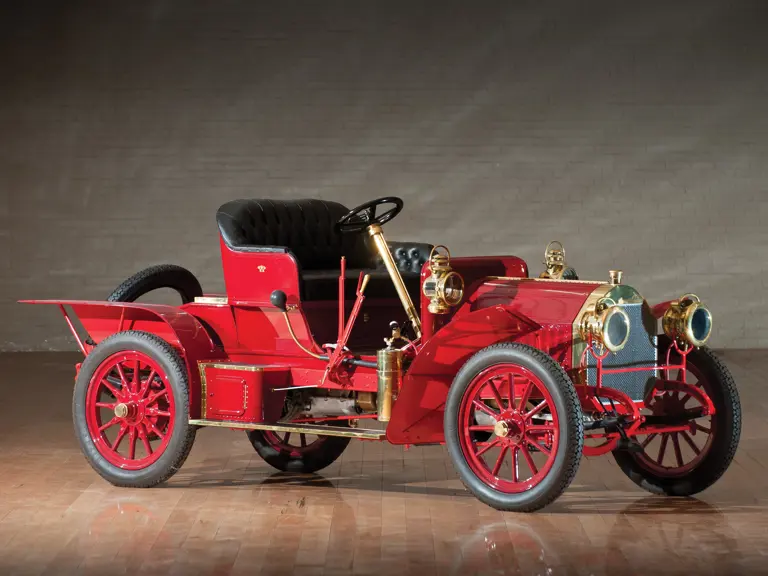
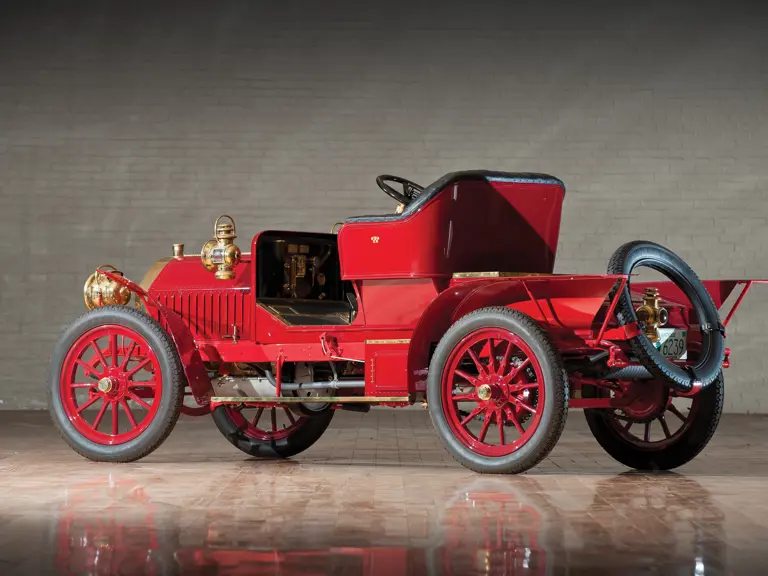
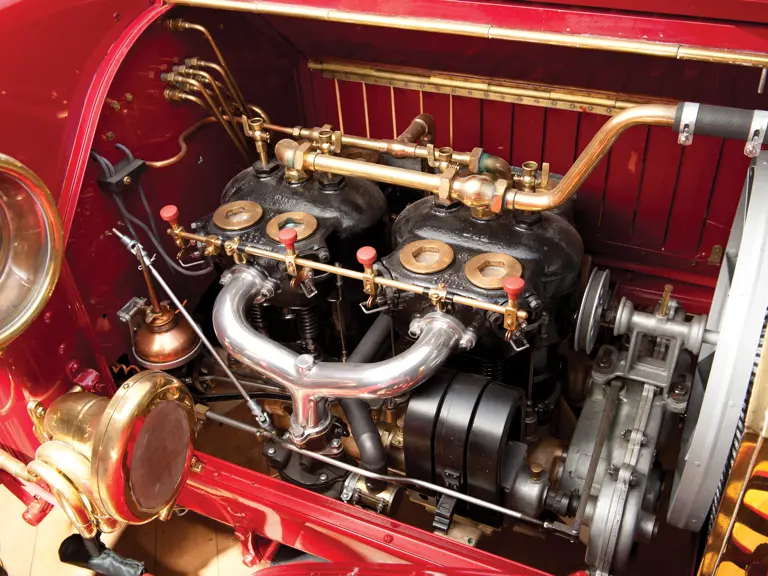
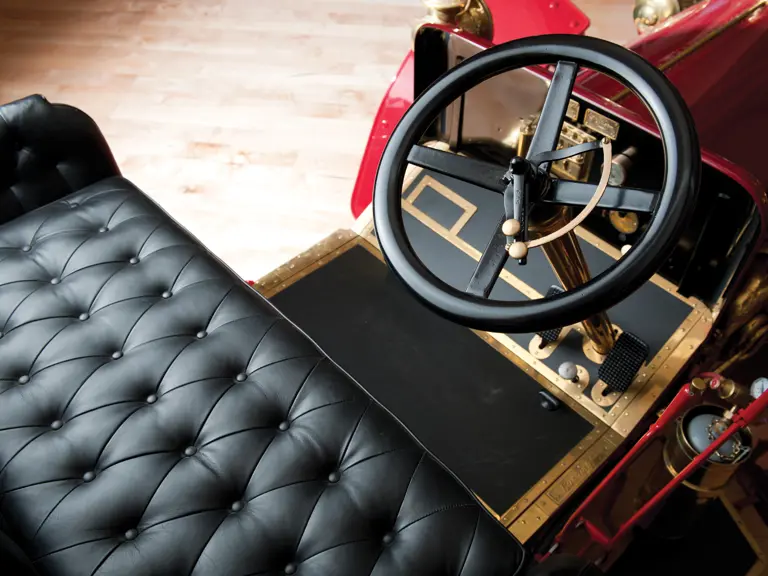
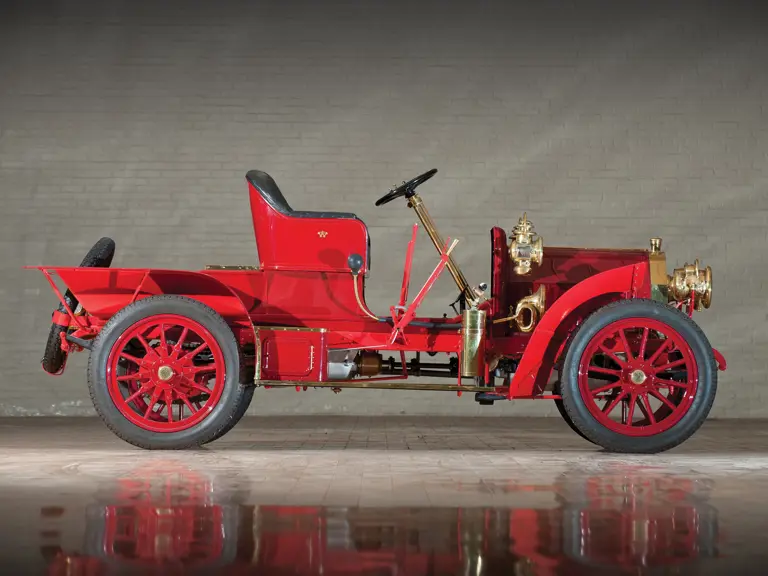

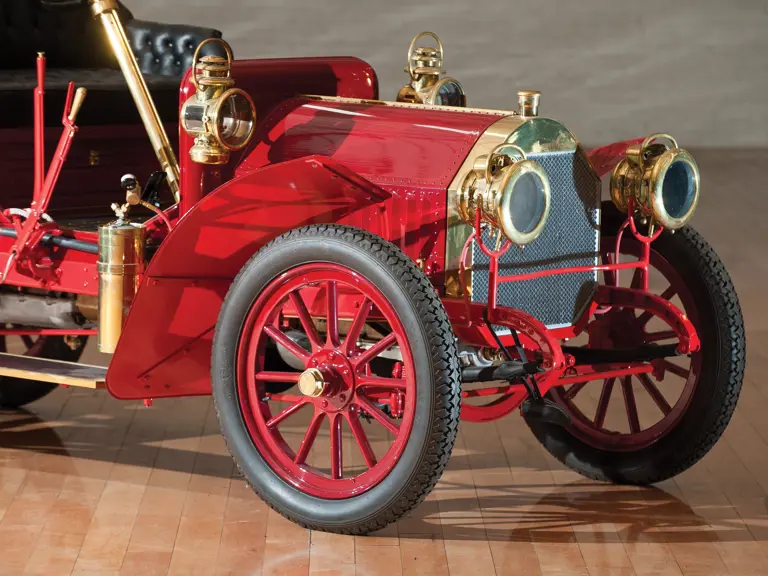

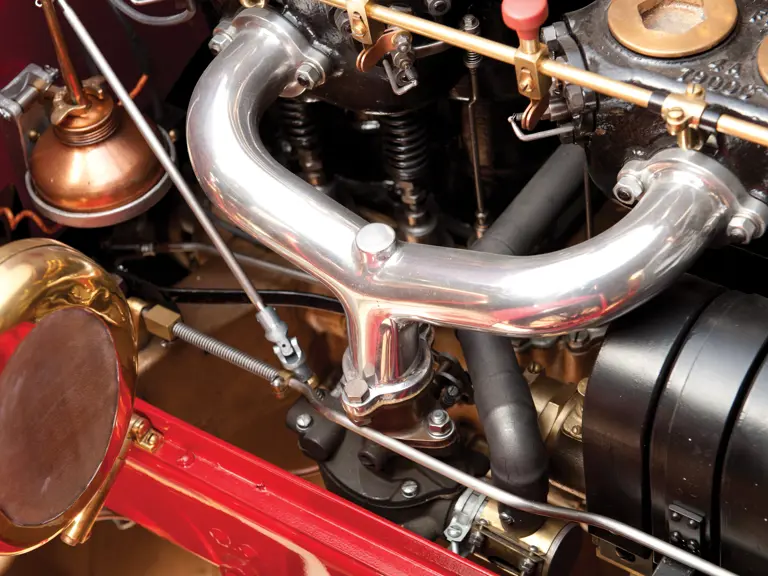


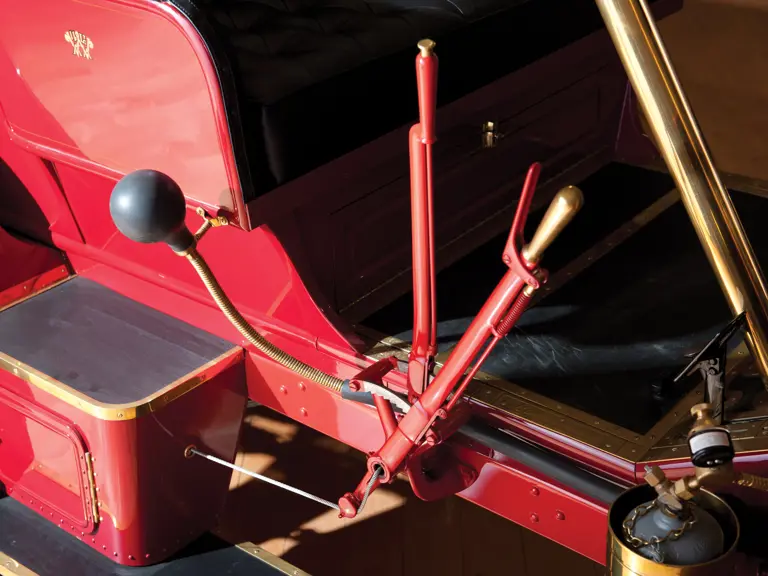
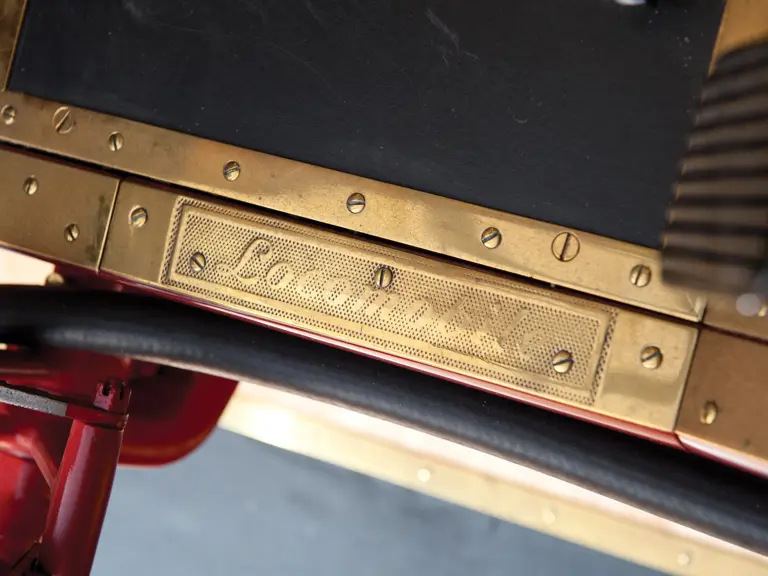


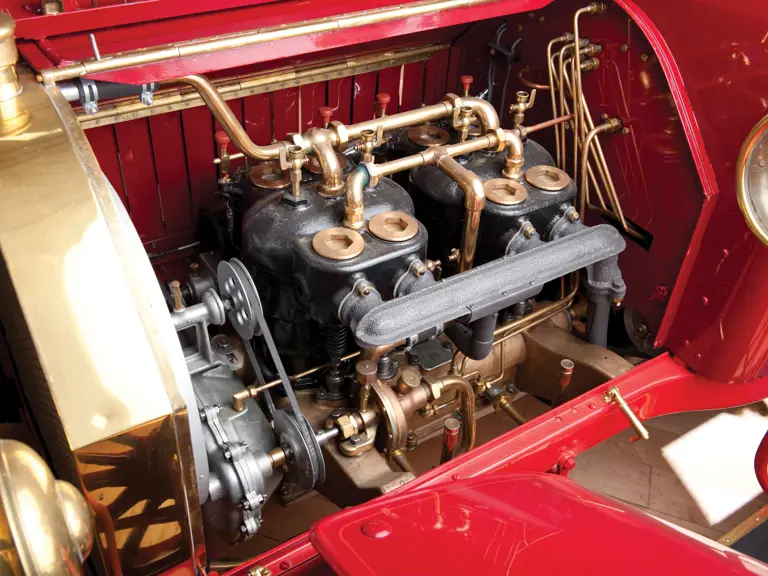


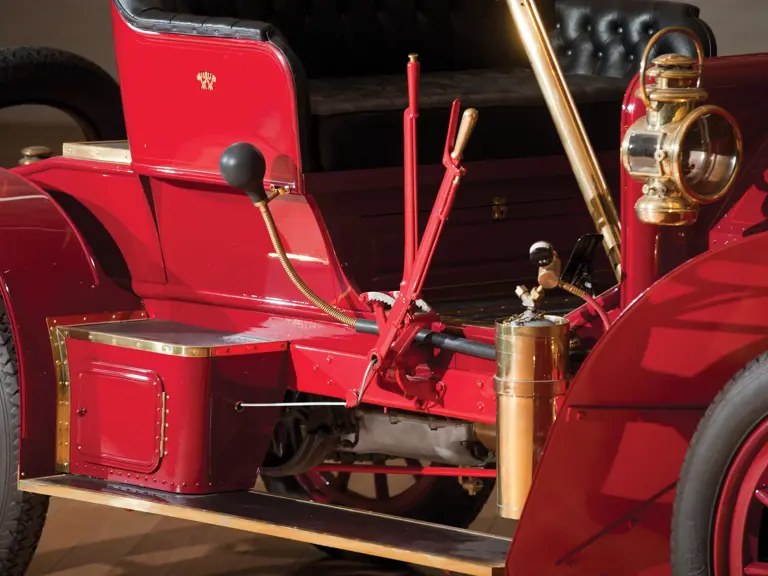
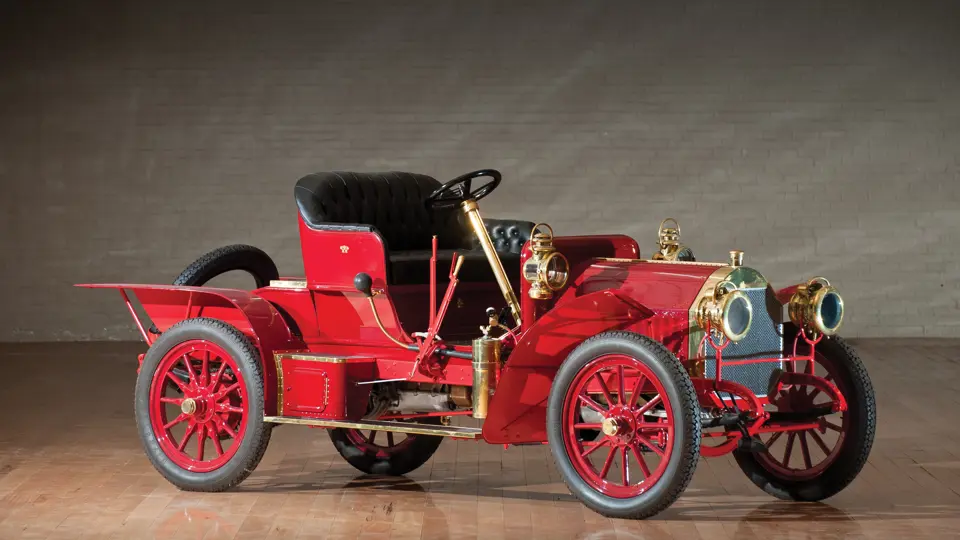
 | Plymouth, Michigan
| Plymouth, Michigan

